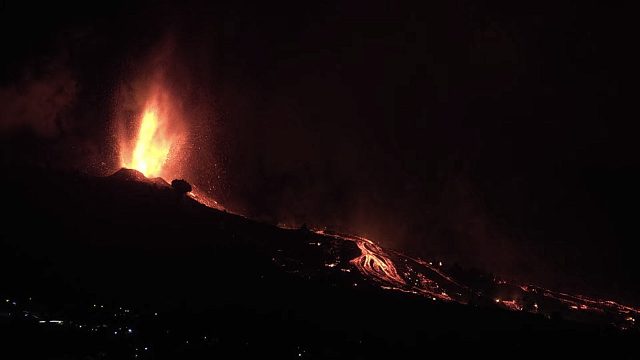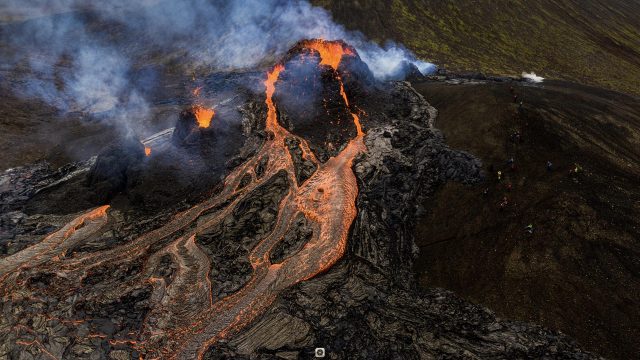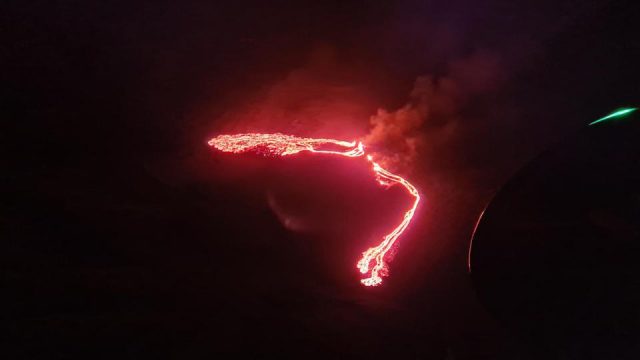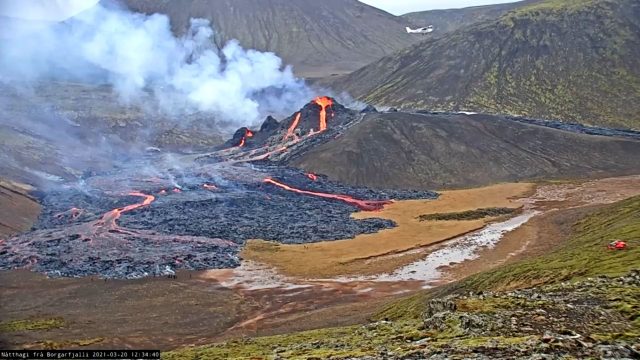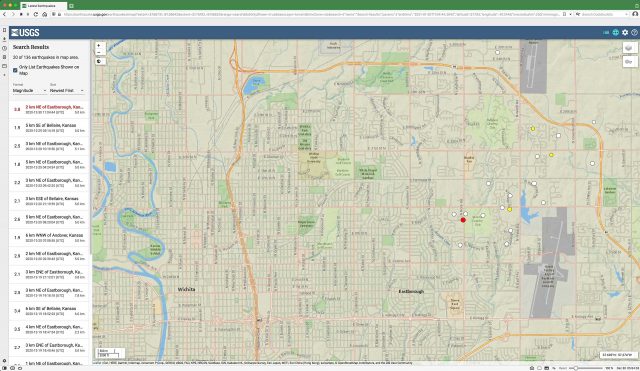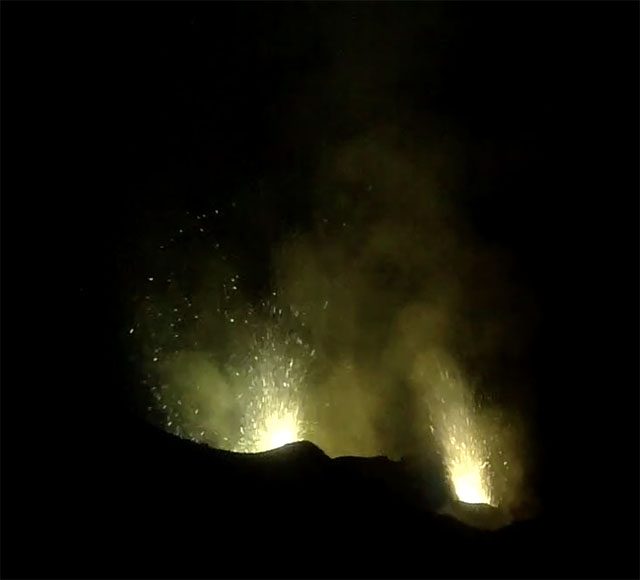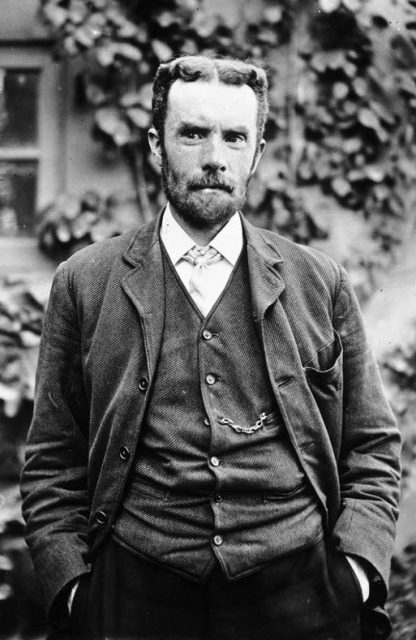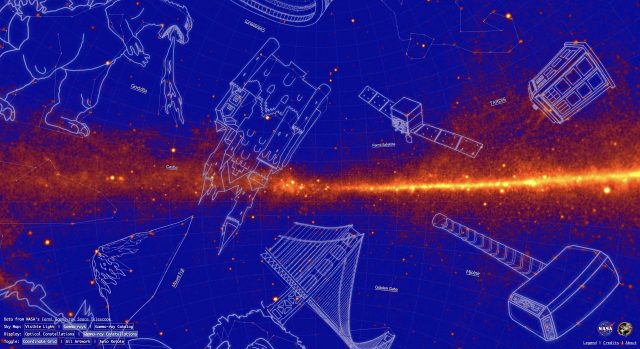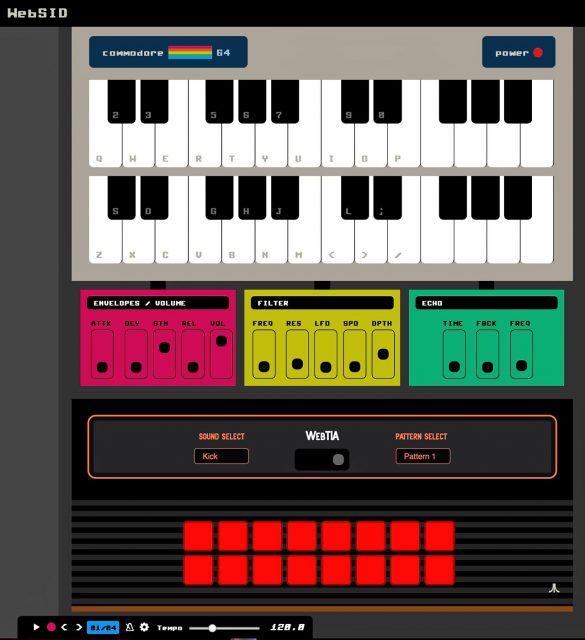… you can visit the Canary Islands. Background on Cumbre Vieja here.
Category: Science
Snapshots of wasted time
Fresh basalt
Some spectacular views of the first phase of the eruption in Iceland.
The best source for information on the events on the Reykjanes peninsula is Volcano Café. Check the comments on recent posts for the latest news, pictures and videos.
Update: A casualty of the eruption.
360° of Geldingadalir
Here’s an interactive panorama of the little new Icelandic volcano. It’s best in the full-screen view.
Can you walk on lava? Sometimes:
You can walk on some lava flows, after the surface has cooled enough. Apparently, while doing so you can feel the lava flow underneath you, and can be rising while it piles up. Your extremely sturdy shoes will still melt – don’t be tardy. On a lava flow like this, the surface is liquid enough for you to loose your balance. You won’t sink (lava is dense) so your body might still be retrievable.
Update: Here’s a 3-D model you can play with.
Bulletin from Reykjanes
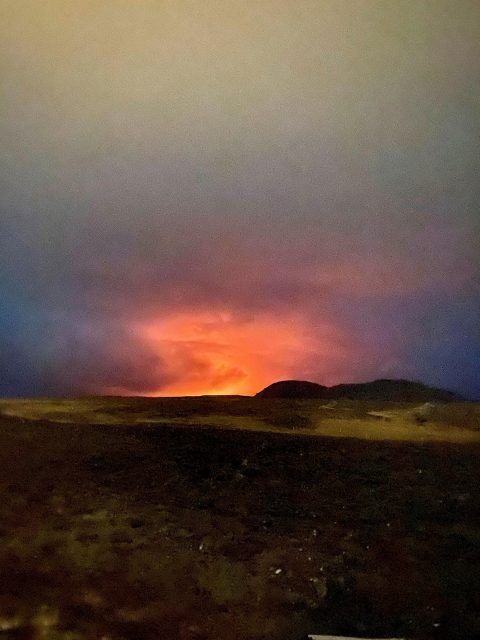
It’s begun. There’s a webcam here. (See below for better views.)
(Picture from here.)
Update: Another webcam here. (See below for better views.)
See the comments at the Volcano Café post for further news, pictures and videos.
Update II: Today’s quote, from marinecreature in the café comments: “What an adorable little mini-volcano.”
Both the webcams linked above now show very little but grey, but there are better ones linked to in the comments thread. Try this one.
Update III:
Update IV nn: The view from a drone:
Brush up your Icelandic
Todays’s word is Þráinsskjaldarhraun: “Þráins shields lava field.”
Things are heating up on the Reykjanes peninsula in Iceland.
Update: while you’re waiting, you can spend some quality time with Etna:
Update II: Today’s useful phrase: “gently exploding.”
Eruptions in south-west Iceland are of a fluid rock type called basalt. This results in slow-moving streams of lava fed from gently exploding craters and cones.
Shake, rattle and roll
A few years ago, things were shaking in northern Oklahoma. Now the seismic action has moved up to the east side of Wichita. The red dot in the map woke me up at 5 a.m. this morning.
For gearheads
Contrarian classics online
Richard Grenier, “The Gandhi Nobody Knows”
Michael Crichton, “Aliens Cause Global Warming” (PDF)
(Via Ed Driscoll and Maggie’s Farm.)
Suggestion
Stuck at home because of the CCP virus? Why not follow Isaac Newton’s example and use the time to revolutionize a field of study or two:
Soon after Newton had obtained his BA degree in August 1665, the university temporarily closed as a precaution against the Great Plague. Although he had been undistinguished as a Cambridge student, Newton’s private studies at his home in Woolsthorpe over the subsequent two years saw the development of his theories on calculus, optics, and the law of gravitation.
Bright lights and strange sights
Stromboli has gotten friskier of late. You can see and hear the activity here. It’s particularly dramatic during night on the Tyrrhenian Sea.
***
I’m losing my enthusiasm for Macintosh computers. My iMac should last a few more years, but after that I may replace it with a different brand. Perhaps I’ll install Linux.
Perhaps not.
(Via J Greely and the Brickmuppet.)
29 years ago
Evening classes at Wichita State University were abruptly cancelled Tuesday evening, March 13, 1990, because of a tornado warning. There was no obvious threatening weather visible from the campus, so the Fortran instructor and I chatted for a while in the student union basement. Back in Michigan where he came from, he told me, they had real monster tornadoes, not the tame little wimpy ones that frolic on the prairie.
Coming soon to a sky near you
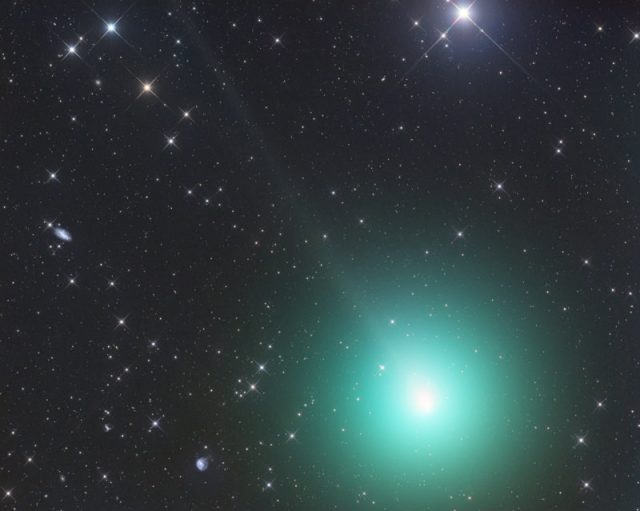
Comet 46P/Wirtanen will be cruising by our planet later this month:
Ranked in terms of distance from Earth, this will be the 20th closest approach of a comet dating as far back as the ninth century A.D., and the tenth closest approach since 1950. The minimum distance between 46P and the Earth (perigee) will be 11,586,350 kilometers (7,199,427 miles), occurring December 16, 2018, at 13:06 Universal Time, a little less than four days after the comet passes its minimum distance from the Sun of 187 million kilometers (98.1 million miles).
Don’t expect a thrilling show. Despite its close approach, this one will probably not be another Hale-Bopp. It may reach 3rd magnitude, but even so it will likely be difficult to see if conditions aren’t excellent.1 And if you do find it, it probably won’t look like the popular image of a comet with a bright nucleus and tail, but instead will be a circular cloud in the sky a little brighter toward the center. The moon will be bright then, too, which won’t help.
Nobel note
Oliver Heaviside never won a Nobel Price, although he was nominated for the physics prize in 1912. He shouldn’t have felt too bad, though, as other nominees passed over for the prize that year included Hendrik Lorentz, Ernst Mach, Max Planck, and Albert Einstein. (The winner that year was Gustaf Dalén, “for his invention of automatic regulators for use in conjunction with gas accumulators for illuminating lighthouses and buoys”—oh well.)
Toys
Here’s an interactive celestial panorama, courtesy of NASA and ESO. You can see both visible light and gamma ray views of the skies. Check out the gamma ray constellations, which are rather different from their traditional conterparts.
If you’d like to annoy nearby people with funny noises, you can play WebSID, an online emulation of the SID chip in old Commodore computers. It works with your’s computer’s qwerty keyboard.
Red cells, white cells
Cells at Work was by far the best show of the summer that I sampled (though the unheralded We Rent Tsukomogami deserves more attention than it’s received) and is probably the best “educational” show ever made. Here a real live doctor comments on the first episode, finding it as accurate as it is entertaining.
(Via Pixy.)

